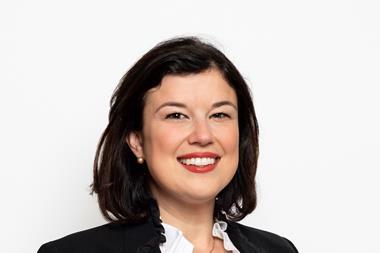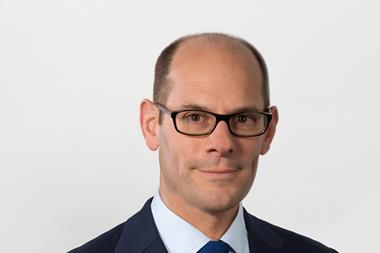Danish mutual pension provider Velliv is launching the next phase of a process to redefine its portfolio according to investment factors rather than traditional asset classes, taking a leaf out of the book of the country’s largest pension fund ATP, which pioneered the approach.
Velliv CIO Anders Stensbøl Christiansen, said in a keynote address at the IPE Nordic Forum Summer 2021 event yesterday: “We are on an investment journey from a traditional 50/50 or 60/40 equity bond model to a more risk-based allocation.”
While that path started back in 2018, the pension fund is now set to embark on a complete mapping of the portfolio according to “investment factors” later this year – an exercise that will continue into 2022, according to the investment chief.
Moving towards risk allocation in the portfolio made a lot of sense in terms of what Velliv was offering customers, he said.
“It gives me much more predictability regarding the management of the portfolio as well as the governance of its different parts,” he told the online event.
“I can apply this throughout the portfolio – to credit, fixed income, etc – and it allows me to see if different building blocks are delivering enough risk,” said Stensbøl Christensen.
The four investment factor categories Velliv is using are growth, interest rates, inflation and “other” factors. Listed equity is contained in the growth factor primarily, for example, whereas infrastructure and real estate combine three and four of these factors, respectively, according to the CIO’s presentation.
The risk-factor portfolio construction used by ATP for around the last five years similarly involves four groupings, although it uses the term “equity factor” rather than “growth factor”.
From an allocation perspective, Stensbøl Christensen said he believed it was better to focus on investment factors rather than just risk factors. Explaining one of the differences between the two concepts, he said risk factors zoomed in on the tiniest detail, whereas investment factors zoomed out to the bigger picture.
In order to look through a portfolio and capture investment factors, the CIO said it was necessary to have an advanced risk management system, and Velliv had chosen the Aladdin Risk system which he said would become operational later this year and 2022.
“So what we’re going to be doing next year is an x-ray of our portfolio and putting all of these factors that we have within, making sure that we don’t have any unwanted biases within the portfolio,” he said.
Stensbøl Christensen said the inspiration for the investment factor mapping had come from, among other investors and advisers, BlackRock, Bridgewater as well as “one of our peers here in Denmark” which he said had been one of the four front runners in this approach.
One thing that had changed in this area in the last few years was, he said, that according to recent research listed equities no longer consisted purely of growth factor. It was also now possible to find interest rate and inflation factor in some stocks, he said.
Looking further ahead, Stensbøl Christensen said that in 2023, Velliv would move towards making direct allocations to investment factors, focusing that next stage of its drive on getting real yield and inflation exposure.




























No comments yet